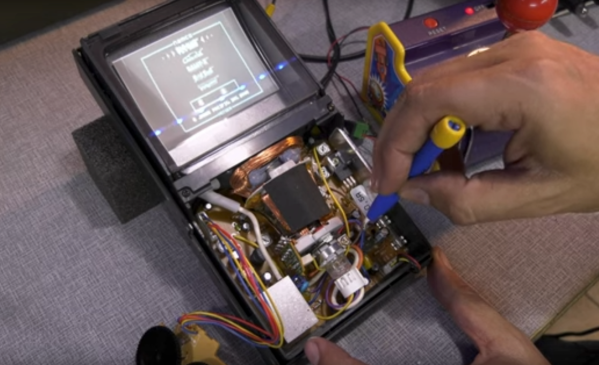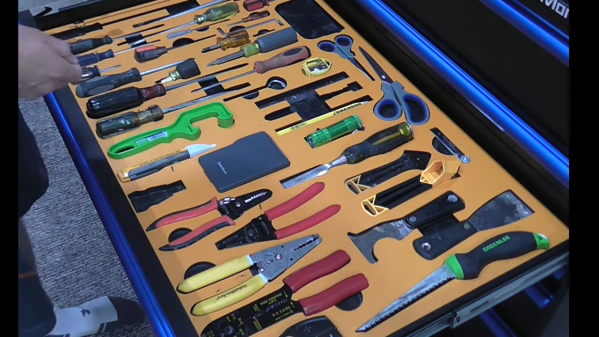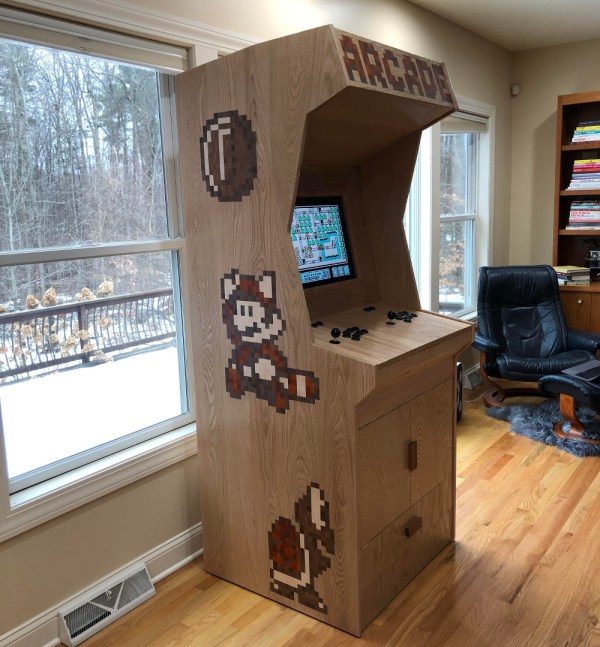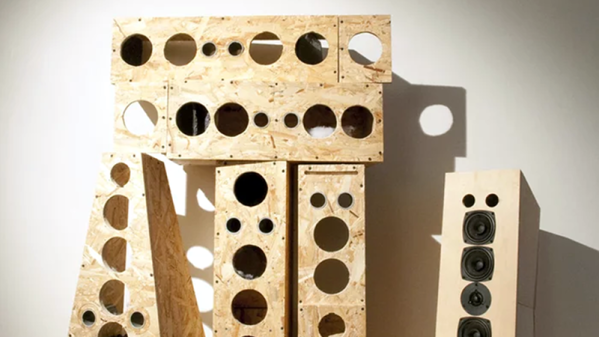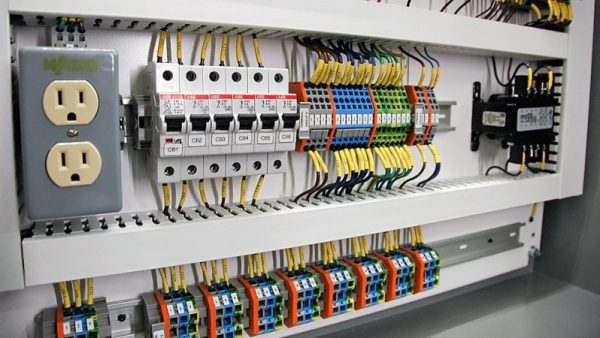Asteroids, the late-70s arcade hit, was an immensely popular game. Often those with the simplest premise, while maintaining a fun, lighthearted gameplay have the most cultural impact and longest legacy. But, although it was popular, it doesn’t really meet the high bar of scientific fidelity that some gamers are looking for. That’s why [Attoparsec] built the Kessler Syndrome Edition of this classic arcade game.
The Kessler Syndrome is a condition where so much man-made debris piles up in low-Earth orbit that nothing can occupy this orbit without getting damaged or destroyed by the debris, and thus turning into more debris itself in a terrible positive feedback loop. [Attoparsec] brings this idea to Asteroids by reprogramming the game so that asteroids can be shot into smaller and smaller pieces but which never disappear, quickly turning the game into a runaway Kessler Syndrome where the chance of survival is extremely limited, and even a destroyed player’s ship turns into space junk as well.
To further the scientific accuracy and improve playability, though, he’s added a repulsor beam mechanism which can push the debris a bit and prolong the player’s life, and also added mass effect reactions so that even shooting bullets repels the player’s ship a bit. The build doesn’t stop with software, either. He also built a custom 70s-style arcade cabinet from the ground to host the game.
Asteroids is still a popular platform for unique builds like this. Take a look at a light-vector game using lasers to create the graphics, or this tiny version of the game that uses a real CRT.
Thanks to [smellsofbikes] for the tip!


